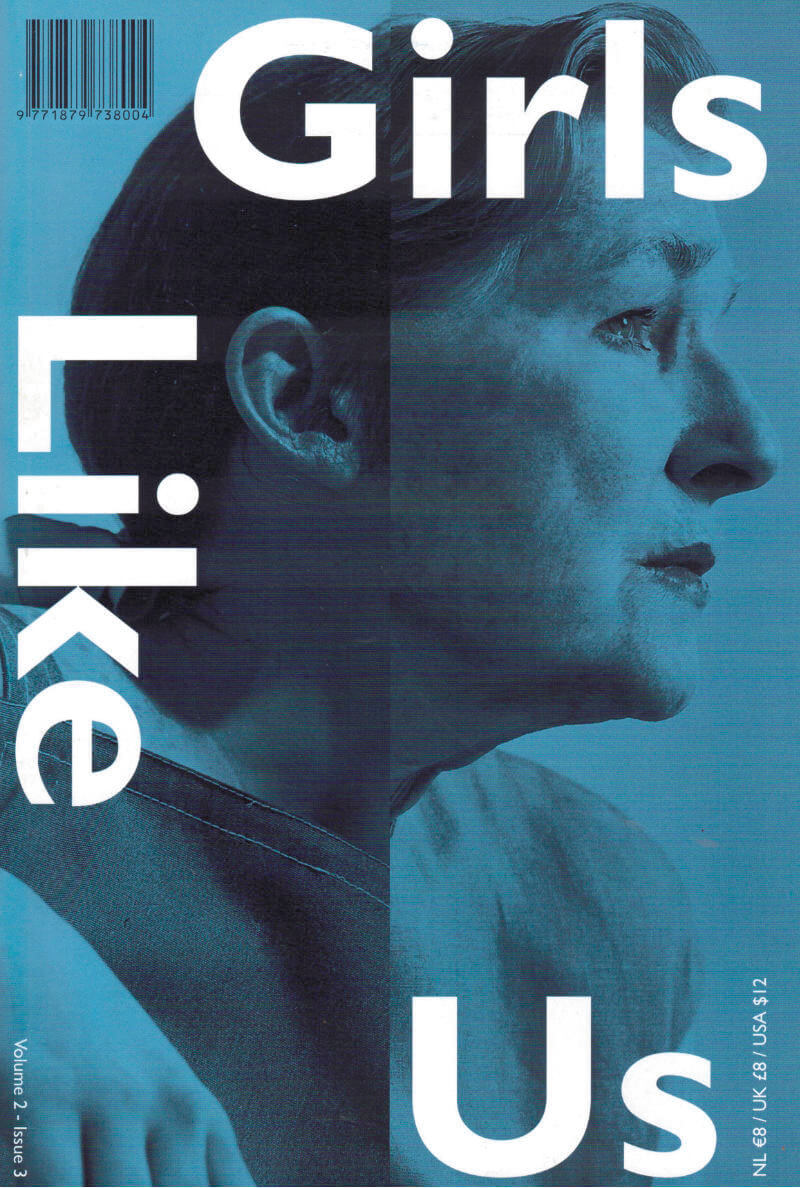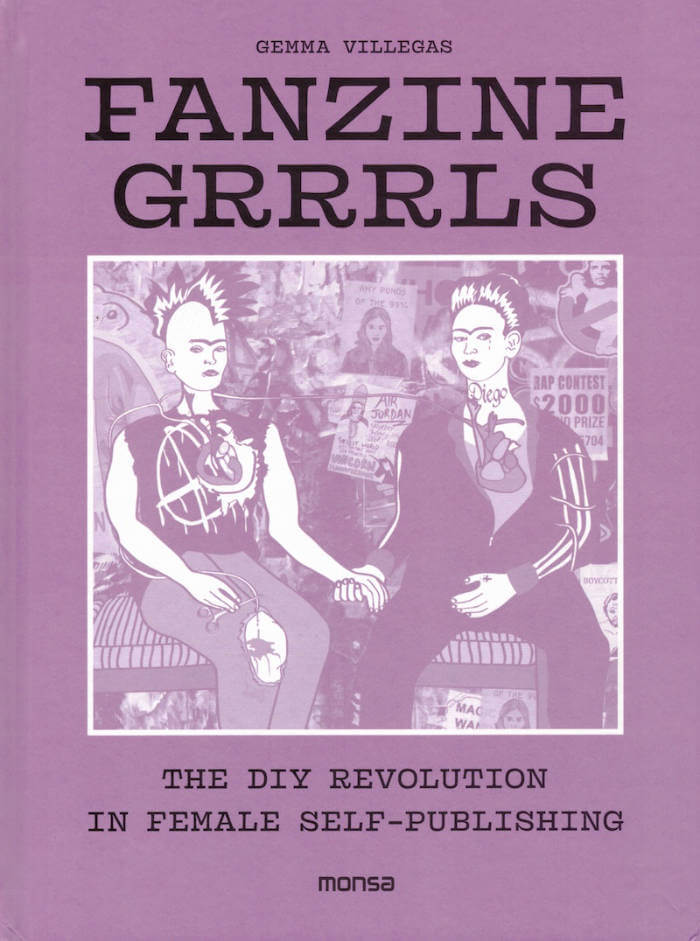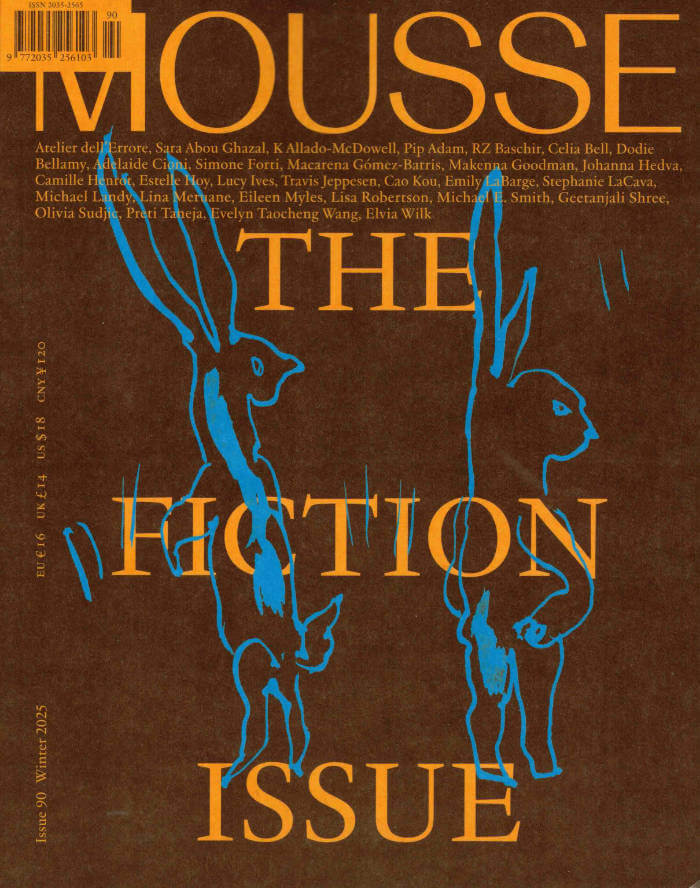
Girls Like Us #3 - Generations
Marnie Slater ed., Katja Mater ed., Sara Kaaman ed., Jessica Geysel ed.
Featuring Alice Carey, Anna Franceschini, Lizzie Fitch, Devin Blair, Kim Gordon, Annika Henderson, Melanie Bonajo, Marie Branellec, Elizabeth Orr, Holli Smith, Joke Robaard Litia Perta and Marie Karlberg.
Language: English







